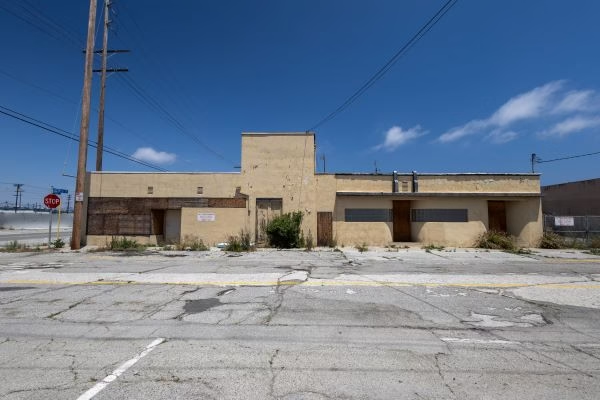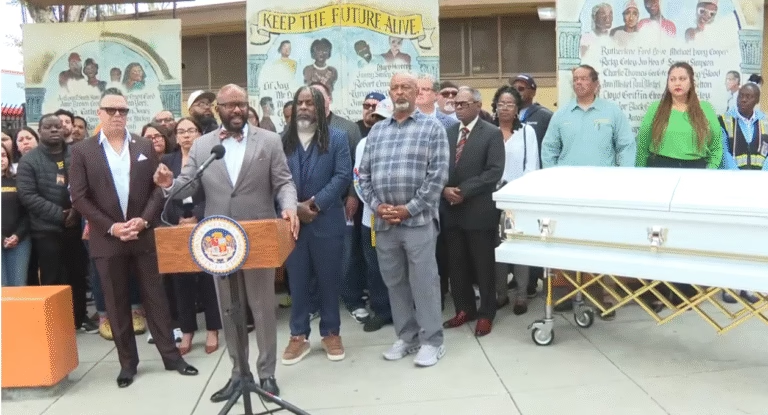Have you heard about the new restaurant on 9th Street called the Neon Sun? The buzz it’s been getting as of late has been deafening. The restaurant feels like a curated art experience, from the walls to the eating utensils, which I later learned were designed by a local artist who goes by the name Kurtis.

I ordered the warm cabbage salad, a vibrant dish featuring chili crisp, mint, cilantro, garlic, ginger, and delicate slivers of Chinese sausage served over sautéed purple cabbage. The combination of flavors and textures was exciting and satisfying. With a side of rice, it could easily stand as a main dish. My only gripe? There wasn’t enough sausage — but that’s just the meat-eater in me talking.
Next up was the wagyu poke, featuring seared wagyu beef, shishito peppers, pineapple, cucumber, and another hit of chili crisp. The beef was cooked to a tender medium rare and beautifully infused with the sweet and tangy notes from the pineapple and cucumber. If I had been drinking that night, it would’ve paired perfectly with a crisp white wine or light cocktail.
This leads me to the next detail. Neon Sun is B.Y. O. B (Bring your own beverage), at least until the eatery gets its beer and wine license. Tori admitted that more than one patron has complained of being unable to get bottle service there, given the cutting-edge nature of their menu.
When I first looked at the menu, it immediately struck me as a curated culinary experience. And of course, when I visited the restaurant, my expectations were confirmed, from the paintings on the wall, the seated area in the corner that looked like you’d see it at a home. The dining experience offers high-end comfort foods from the Mediterranean Sea to the Pacific Rim.
The concept is the brainchild of Satori Aten and Chef Alex Schwartzman, who wanted to create a restaurant that defied typical genre boundaries.
“We talked about how it’s always focused on one specific kind of food,” Satori explained. “We wanted to offer different types of food from different parts of the world.”
Her five-year-old son, Neon, was another reason she wanted a restaurant that catered to such diverse palettes. She exposed him to a variety of cuisines and dishes from an early age.
“He’ll ask for sashimi or shrimp and scallops. But then the next day, he might want an empanada because I fed him a lot. We always made sure he had an advanced palette.
“So it’s just kind of like being able to tap into different cultures from people who might come from this area, who might come from that area, but still, we can offer them something.”
Schwartzman brings 23 years of experience in the food service industry. He was the opening chef at Baran’s 2239 and later worked at Salt & Pearl and Montauk, both located in Redondo Beach. His resume also includes time with the King’s Seafood Company, where he developed his skills at Fish Camp and Water Grill in downtown Los Angeles. Most recently, he served as executive chef at Pier House in Venice Beach.
For chef Alex and Tori, the Neon Sun is a passion project that’s forced them to work multiple jobs to see this vision through.
But her desire from the start was to create a space where great art, great food and community exist.
“We got the food part, we got the art part down. I’m just dying for the community [part now],” Satori said.
Then Elisa Palacios applied to become a server at Neon Sun. Tori hired her on the spot. They worked and they vibed together. Then out of the blue, “What if during the day, since you guys aren’t using the space, I did a coffee shop?” Palacios asked.
Satori collaborated in the past with providers who used her kitchen for juicing and brought on folks who hosted poetry slams and open mics at the restaurant. So Palacios’ idea was music to Satori’s ears, and Sunken City Coffee was born.
Neon Sun isn’t just another trendy spot — it’s a community-driven, globally inspired gathering place where food, art and culture intersect. Whether you’re craving wagyu poke, warm cabbage salad, or a shot of espresso from Sunken City Coffee, the experience promises to nourish more than just your appetite.
Sunken City Coffee
Not Just Coffee: A Third Space for San Pedro Locals
Elisa Palacios said the idea for Sunken City Coffee began while working remotely and struggling to find a quiet space to focus.
“I get distracted very easily,” she said. “I loved Sacred Grounds, but I wanted to move around sometimes so it didn’t feel like the same day over and over again.”
Incidentally, Sunken City Coffee opened the same week Sacred Grounds closed.
While she appreciated Sirens for its lively energy and Distrito for its coffee, both places felt too busy or too small for working long hours.
She and a few friends often found it hard to locate a calm, welcoming spot where they could settle in without pressure. That search inspired her to create a different kind of space — one built around comfort and calm.
Before Sunken City, Palacios ran a pop-up at Feed and Be Fed, the garden church on Sixth Street. She served coffee and baked goods during Little Sprouts, a Friday morning program where parents and children ages 0 to 6 played in the garden.
“The idea was to bring something fun and fuel the moms,” she said. That pop-up, with its “communal coffee culture in nature,” planted the seed for something more lasting.
Palacio later connected with Tori Aten and Chef Alex Schwartzman of Neon Sun. When they discussed expanding the restaurant’s hours, Palacio pitched her coffee concept. Since Neon Sun already had an espresso machine, launching Sunken City Coffee inside the space came naturally.
“Tori embodies the décor — it literally looks like your living room,” Palacio said. “It’s homey and comfortable.”
Now open six days a week during breakfast and lunch hours, Sunken City keeps its menu simple: espresso, Americano, iced coffee, and lattes. Palacio makes all syrups and pastries herself, allowing her to rotate weekly specials based on seasonal ingredients and inspiration.
“It’s just our basics,” she said. “Every week I come up with something new — whatever I’m feeling.”
While many coffee shops prioritize rare beans and extensive menus, Palacio said most customers want something familiar: a good cup of coffee, a treat and a calm space.
“There’s a handful of people who park their behinds in a seat and work for a couple of hours,” she said. “That’s what I wanted — somewhere people can hang out and not feel rushed.”
Her definition of success isn’t a long line out the door. It’s a slow, steady flow of people throughout the day.
“They stay a little, then leave. Someone else comes in and stays a little,” Palacio said. “It’s easier to manage, and it doesn’t feel overwhelming.”












